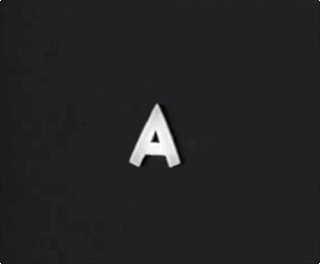
A Movie is a 1958 experimental collage film by American artist Bruce Conner. It combines pieces of found footage taken from various sources such as newsreels, soft-core pornography, and B movies, all set to a score featuring Ottorino Respighi's Pines of Rome.

An independent film, independent movie, indie film, or indie movie is a feature film or short film that is produced outside the major film studio system in addition to being produced and distributed by independent entertainment companies. Independent films are sometimes distinguishable by their content and style and how the filmmakers' artistic vision is realized. Sometimes, independent films are made with considerably lower budgets than major studio films.
An underground film is a film that is out of the mainstream either in its style, genre or financing.

Scorpio Rising is a 1963 American experimental short film shot, edited, co-written and directed by Kenneth Anger, and starring Bruce Byron as Scorpio. Loosely structured around a prominent soundtrack of 1960s pop music, it follows a group of bikers preparing for a night out.
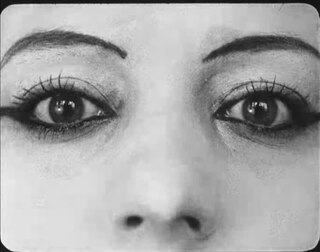
Experimental film or avant-garde cinema is a mode of filmmaking that rigorously re-evaluates cinematic conventions and explores non-narrative forms or alternatives to traditional narratives or methods of working. Many experimental films, particularly early ones, relate to arts in other disciplines: painting, dance, literature and poetry, or arise from research and development of new technical resources.

Lawrence Jordan is an American independent filmmaker who is most widely known for his animated collage films. He was a founding member of the Canyon Cinema Cooperative and the Camera Obscura Film Society.

Bruce Baillie was an American experimental filmmaker.
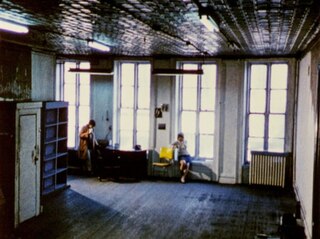
Wavelength is a 1967 experimental film by Canadian artist Michael Snow. Considered a landmark of avant-garde cinema, it was filmed over one week in December 1966 and edited in 1967, and is an example of what film theorist P. Adams Sitney describes as "structural film", calling Snow "the dean of structural filmmakers."
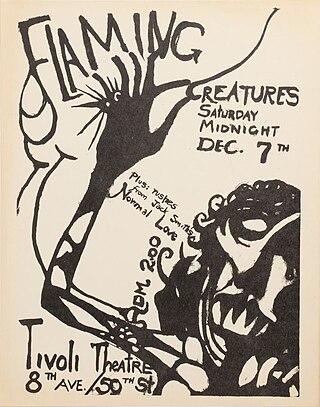
Flaming Creatures is a 1963 American experimental film directed by Jack Smith. The film follows an ensemble of drag performers through several disconnected vignettes, including a lipstick commercial, an orgy, and an earthquake. It was shot on a rooftop on the Lower East Side on a very low budget of only $300, with a soundtrack from Smith's roommate Tony Conrad. It premiered April 29, 1963 at the Bleecker Street Cinema in Greenwich Village.
The Flicker is a 1966 American experimental film by Tony Conrad. The film consists of only 5 different frames: a warning frame, two title frames, a black frame, and a white frame. It changes the rate at which it switches between black and white frames to produce stroboscopic effects.

Nathaniel Dorsky is an American experimental filmmaker and film editor. His film career began during the New American Cinema movement of the 1960s, when he met his partner Jerome Hiler. He won an Emmy Award in 1967 for his work on the film Gaugin in Tahiti: Search for Paradise.
Cosmic Ray is a 1962 American experimental short film directed by Bruce Conner. With both found footage and original material, it features images of countdown leader, a nude woman dancing, a Mickey Mouse cartoon, and military exercises. It is soundtracked by a performance of Ray Charles's "What'd I Say" and has been recognized by some critics as one of the first music videos.
Hapax Legomena is a seven-part film cycle by American experimental filmmaker Hollis Frampton. The complete cycle premiered in November 1972.
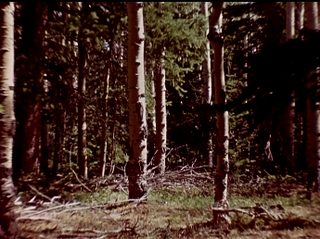
The Wold Shadow is an experimental short film by Stan Brakhage, produced in 1972.
Non-narrative film is an aesthetic of cinematic film that does not narrate, or relate "an event, whether real or imaginary". It is usually a form of art film or experimental film, not made for mass entertainment.
Schwechater is a 1958 experimental short film by Austrian filmmaker Peter Kubelka. It is the second entry in his trilogy of metrical films, between Adebar and Arnulf Rainer.
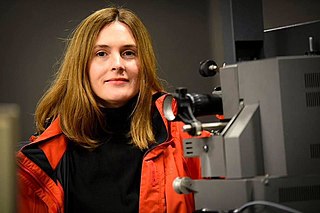
Laida Lertxundi is a Spanish artist, filmmaker and professor of fine arts based in the United States and the Basque Country.

Jerome Hiler is an American experimental filmmaker, painter, and stained glass artist. Having started in New York during the New American Cinema movement, Hiler and his partner Nathaniel Dorsky moved in 1971 to San Francisco, where for many years his work was shown in the context of private salon screenings. He began to publicly screen his films in the late 1990s, releasing new films regularly since 2010. Hiler's work makes use of vivid colors, musical rhythms or structures, and layered superimpositions edited in camera.

The Great Blondino is a 1967 American experimental film directed by Robert Nelson and William T. Wiley.
Side/Walk/Shuttle is a 1991 American avant-garde film directed by Ernie Gehr. It shows downtown San Francisco as seen at different angles from a moving elevator.














